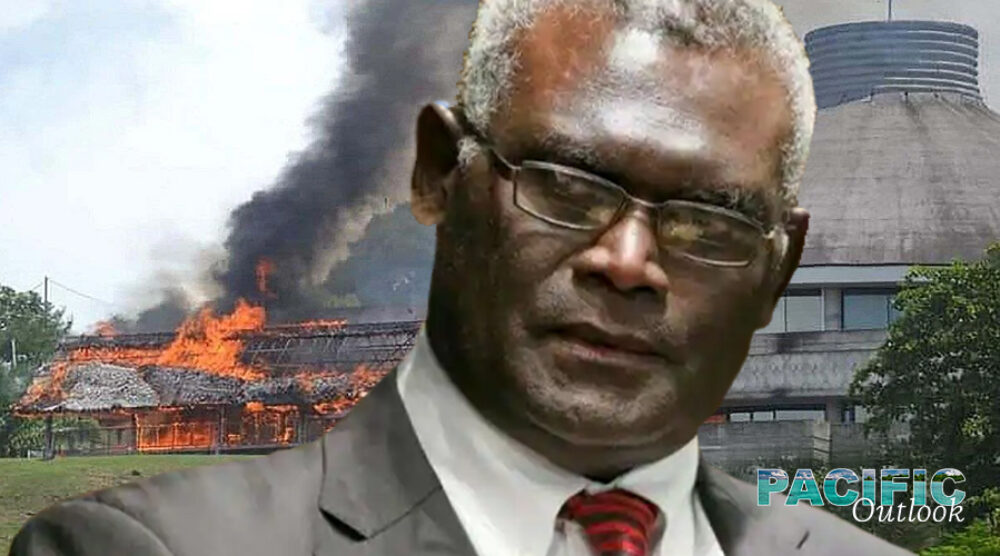The events of November 2021 in Honiara drew much attention across the region and beyond. For many, the sight of riots, looting, and burning buildings will have brought back traumatic memories. The residents of Honiara, and the Solomon Islands more widely, are no strangers to civil disorder. This most recent manifestation resulted in a tragic loss of life as well as extensive destruction and damage to businesses and public infrastructure valued at more than USD 66 million. To fully appreciate what drove last year’s events and the implications for what happens next, a greater understanding of the local context, drawing on Solomon Islanders’ thinking and analysis, is needed.
What happened?
On 24 November, protesters gathered to take part in a planned peaceful march to Parliament. While much has been made of this being a Malaita province-centric protest, participants from other parts of the country were also involved. Their objective was to call for the resignation of Prime Minister Manasseh Sogavare, who has been in power since the elections in 2019. Concerns among the population of the Solomon Islands about the Sogavare government have been building over some time. They relate to allegations of corruption, lack of service delivery, and a lack of appropriate parliamentary oversight. Manasseh Sogavare has been in politics in the Solomon Islands for a long time and this is his fourth stint as prime minister. It should not come as a surprise that some have longstanding grudges against him and look for opportunities to unseat him.
Please click here to read the full “Solomon Islands stress: What happened, why and what does it all mean?” article published at 9DASHLINE, written by Griffith Asia Institute Adjunct and Pacific Hub Lead, Dr Tess Newton Cain.








